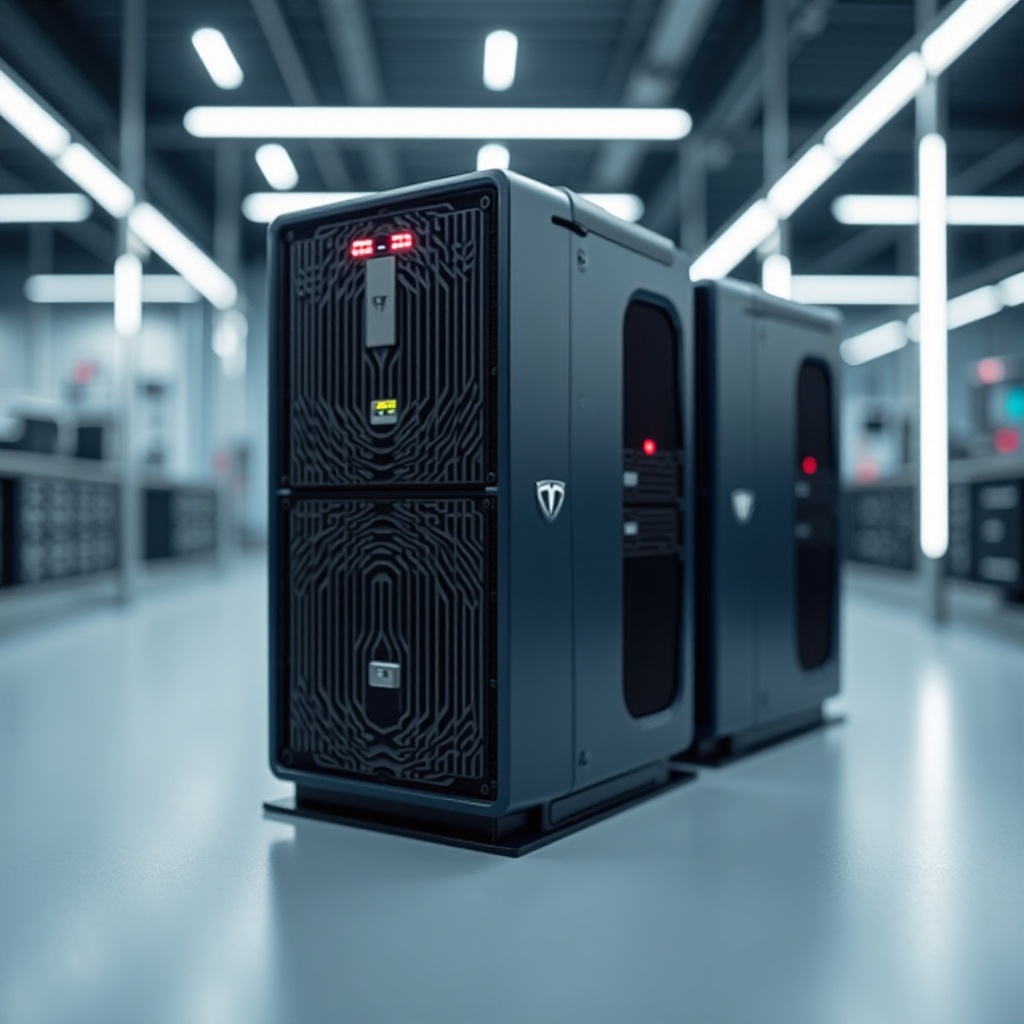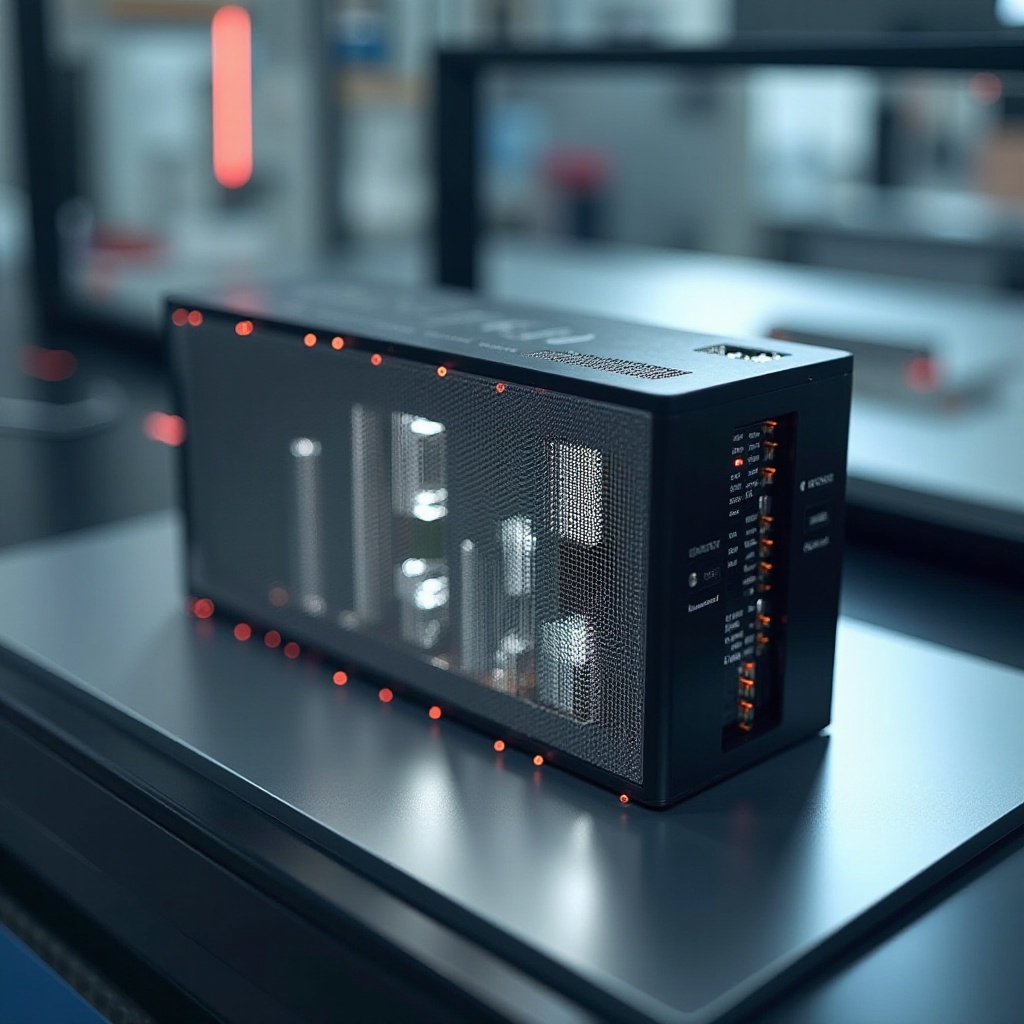Introduction
Tesla has revolutionized the electric vehicle (EV) industry with its cutting-edge battery technologies. One of the key factors that contribute to the outstanding performance of Tesla vehicles is the energy density of their batteries. The energy density determines how much energy a battery can store relative to its weight. This parameter is crucial for enhancing the driving range, performance, and efficiency of EVs. Let’s delve into the world of Tesla batteries and understand their evolution, advancements, and future prospects.

The Fundamentals of Battery Energy Density
Battery energy density is a critical metric that influences the overall performance of electric vehicles. It is expressed in watt-hours per kilogram (Wh/kg) and indicates how much energy a battery can store per unit mass. Higher energy density means that a battery can store more energy without increasing its weight, leading to longer driving ranges and improved efficiency.
Energy density is derived from two factors: specific energy and energy capacity. Specific energy relates to the amount of energy stored per kilogram of battery weight. Energy capacity, on the other hand, refers to the total amount of energy the battery can hold. The combination of these factors determines the overall effectiveness of the battery.
As the demand for more efficient and longer-lasting electric vehicles grows, boosting battery energy density becomes paramount. Companies like Tesla continuously innovate to improve their battery technologies, pushing the boundaries of what is possible.

Tesla’s Early Battery Innovations
Tesla’s journey into battery innovation began with the Roadster, their first production EV. The Roadster utilized a battery pack composed of small, cylindrical lithium-ion cells, similar to the ones found in consumer electronics. Despite its rudimentary design, it marked a significant shift towards sustainable transportation.
The next big leap came with the introduction of the Model S, which featured the 18650 battery cells. These cells had higher energy density and a more efficient thermal management system compared to the earlier versions. The Model S offered impressive driving range and performance, setting new standards in the EV market.
These early innovations laid a solid foundation for Tesla, allowing the company to build on its strengths and create even better battery technologies. The journey of Tesla’s battery innovations is a testament to its relentless pursuit of excellence in performance and sustainability.

Advancements with 2170 and 4680 Cells
Tesla made a significant leap forward with the introduction of the 2170 battery cells, used in the Model 3 and Model Y. These cells are larger than the 18650 cells, allowing for higher energy storage and improved efficiency. The 2170 cells deliver about 15% more energy density than their predecessors.
The biggest breakthrough yet came with the unveiling of the 4680 battery cells during Tesla’s Battery Day event. These cells are significantly larger, enhancing the energy density by approximately 50%. The 4680 cells also incorporate a tabless design, which reduces internal resistance and improves thermal management. This allows the batteries to charge faster and deliver better performance.
Additionally, the new cell design enhances manufacturing efficiency and reduces cost, making Tesla vehicles more affordable while delivering superior performance. The 4680 cells represent a significant step towards achieving a sustainable and widespread adoption of EVs. The seamless integration of these cells into new models underscores Tesla’s commitment to innovation and sustainability.
Real-World Impact of Higher Energy Density
The advancements in Tesla’s battery energy density have a profound impact on real-world EV performance. Higher energy density translates to longer driving ranges, allowing users to travel further on a single charge. This is crucial for alleviating range anxiety, a common concern among potential EV buyers.
Moreover, higher energy density reduces the overall weight of the battery pack. This not only improves the vehicle’s efficiency but also enhances its acceleration and handling. A lighter battery contributes to better vehicle dynamics, making driving more enjoyable.
Improved battery energy density also impacts charging infrastructure. Faster charging speeds enabled by higher energy density reduce the time spent at charging stations, making EVs more convenient for longer trips. This aligns with Tesla’s mission to create a seamless and sustainable travel experience.
Future Trends in Tesla Battery Technology
The future of Tesla battery technology looks promising, with several key trends likely to shape the industry. One such trend is the development of solid-state batteries. These batteries promise even higher energy densities, improved safety, and faster charging times compared to conventional lithium-ion batteries. Tesla is rumored to be working on solid-state technologies to further enhance its battery capabilities.
Another significant trend is the focus on sustainable and ethical sourcing of battery materials. Tesla aims to reduce its reliance on cobalt, a controversial and expensive material, by exploring alternatives such as nickel-rich cathodes. This not only addresses ethical concerns but also reduces costs and ensures a more stable supply chain.
Investments in battery recycling and second-life applications are also gaining prominence. As the number of Tesla vehicles on the road increases, managing end-of-life batteries becomes crucial. Recycling programs and repurposing old batteries for energy storage solutions can significantly mitigate environmental impact.
The continuous exploration of new technologies and responsible sourcing signifies Tesla’s dedication to not only improving vehicle performance but also ensuring a positive environmental impact.
Conclusion
The energy density of Tesla batteries plays a pivotal role in the performance, range, and efficiency of their electric vehicles. From early innovations to the groundbreaking 4680 cells, Tesla continues to push the boundaries of battery technology. These advancements not only enhance real-world performance but also pave the way for a sustainable future. As Tesla explores new technologies and sustainable practices, the future of EVs looks brighter than ever.
Frequently Asked Questions
What is the significance of energy density in Tesla batteries?
Energy density is crucial as it determines how much energy a battery can store relative to its weight. Higher energy density allows for longer driving ranges and better vehicle performance.
How have Tesla’s batteries improved over time?
Tesla’s batteries have evolved from the 18650 cells used in the Model S to the more advanced 2170 and 4680 cells. Each iteration has brought about improvements in energy density, efficiency, and manufacturing processes.
What future technologies could enhance Tesla battery energy density further?
Solid-state batteries, sustainable material sourcing, and advanced recycling methods are some of the future trends that could further enhance Tesla’s battery energy density and overall performance.


